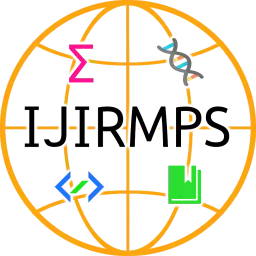Architectural Analysis of Spectrum Sliced Wavelength Division Multiplexed Free Space Optical Communication
Authors: Mrs. Grishma Patel, Prof. Sandip Patel
DOI: https://doi.org/10.17605/OSF.IO/V7SQB
Short DOI: https://doi.org/ggrtbg
Country: India
Full-text Research PDF File:
View |
Download
Abstract: This paper analyzes the performance of spectrum sliced wavelength division multiplexing optical communication system with single mode fiber Kerr effects. At optical transmitter various modulation formats used and corresponding performance is observed in terms of Q-factor, BER and receiver sensitivity. Similarly, performance investigations are carried out by varying optical antenna aperture at transmitter/receiver and beam divergence of optical beam during transmitter to receiver. It has been observed that advanced modulation format DRZ results better Q-factor performance compare to RZ improvement 6 to 7 when transmitter/ receiver antenna aperture diameter increases 5 to 10 cm respectively. Similarly, receiver sensitivity improvements are shown -32 and -35 dBm while transmitter/ receiver antenna aperture diameter increases 5 to 10 cm respectively. Moreover, DRZ modulation format 4 to 6 Q factor improvement is observed compare to RZ while laser light beam divergence increases 0.25 to 1 mrad respectively.
Keywords: Free space optics (FSO), highly nonlinear fiber (HNLF), spectrum slicing (SS), Wavelength division multiplexing (WDM), super continuum (SC) generation, duo binary return to zero (DRZ).
Paper Id: 479
Published On: 2018-01-10
Published In: Volume 6, Issue 1, January-February 2018





 All research papers published in this journal/on this website are openly accessible and licensed under
All research papers published in this journal/on this website are openly accessible and licensed under 